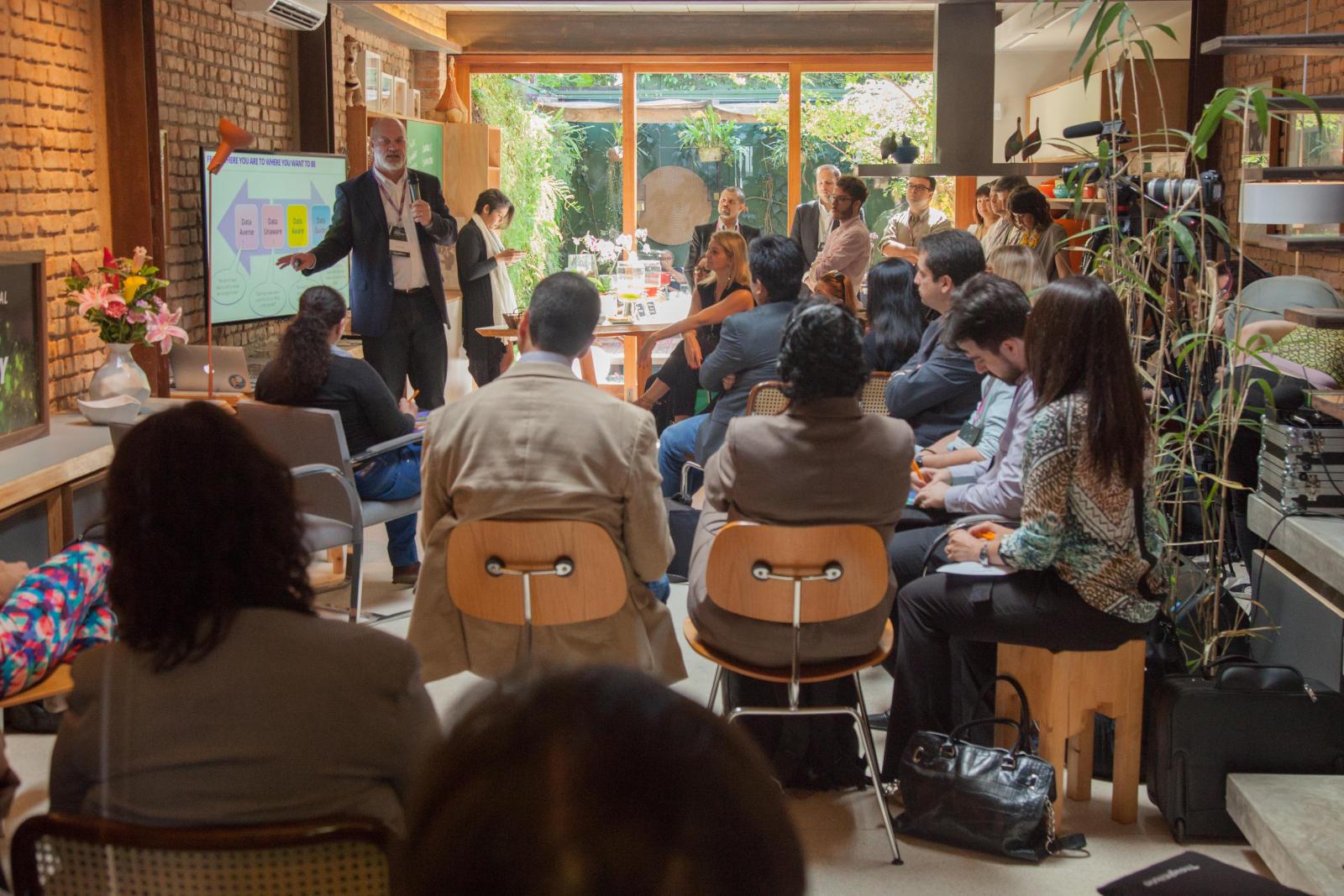Technology strategy
Macro Trends in the Technology Industry

From time to time I see articles or blogs bemoaning the state of agile. The authors are concerned that the movement has gone awry, that people are practicing prescriptive agile, that they have abandoned agile values, that they are not living up to the vision of the founders. So, what did they expect?
As any movement expands from its narrow early base of practitioners, others take it in unforeseen directions—some good, some not so good. That’s just the way movements go. We can wax nostalgic about the “good old days,” or we can innovate and move forward.
Disclaimer: The statements and opinions expressed in this article are those of the author(s) and do not necessarily reflect the positions of Thoughtworks.
